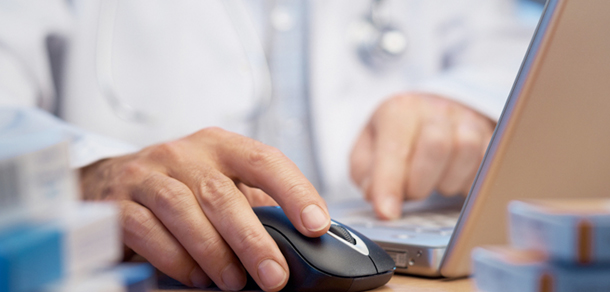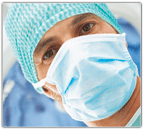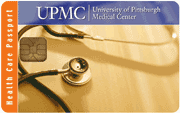How single sign-on is streamlining health care
06 June, 2013
category: Digital ID, Health
Imprivata has funded independent research, conducted by the Ponemon Institute, to determine the best single sign-on solution according to IT practitioners.
Single sign-on is being used in the health care sector to automate personnel login processes, enabling clinicians and IT practitioners to login to their desktop just once, granting them faster access to necessary applications, all the while cutting time associated with excessive clicks, keystrokes and passwords.
Due to the extensive data security mandates in health care, single sign-on is often accompanied by authentication management; a combination that according to Ponemon’s research is increasing employee productivity, reducing help desk requests and bolstering on-site security.
Surveying a group of 404 individuals working in health care organizations and who use single sign-on technology, the Ponemon Institute targeted respondents who work closely with IT functions such as operations, data security, IT compliance, quality assurance, network management, help desk operations and similar MIS functions. Of the 404 study respondents, 65 are currently using Imprivata’s OneSign solution.
In a more open-ended survey item, respondents were asked to rank in order from one to six “most likely” reasons for deploying single sign-on in their health care organization. While answers understandably vary on this item, users overwhelmingly ranked clinician satisfaction as the top reason for using single sign-on, while improved security was vital for those using competing solutions.
It seems, however, that regardless of the chosen solution, productivity is sure to benefit from single sign-on.
According to Ponemon’s findings, a majority of single sign-on users revealed that they either directly observed productivity improvement — 35% and 30% respectively — or personally experienced improvements in efficiency as an single sign-on user — 21% and 23% respectively.
As Ponemon reports, the average time saved for clinicians is 14.6 minutes per day, versus 8.1 minutes per day for practitioners using other single sign-on solutions. These results also held true for IT practitioners, as users reported saving and average of 14.8 minutes per day, against the 9.3 daily minutes saved using competing products.




